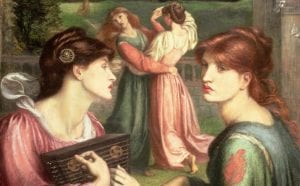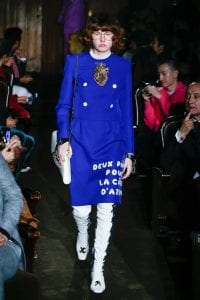
The pre-raphaelites were a group of English, male painters, poets and art critics in the Victorian period, specifically founded in 1948. The term comes from “before Raphael” which is why their work could possibly be very effective in helping me analyze Raphael’s painting and the concepts within it. At their time, Raphael was still commonly classed as one of the best paintings to have existed. However, they wanted to contradict everything society was taught from Raphael’s techniques, becoming a very controversial art group. They believed art should be less fantasy like, of which Raphael would produce and much more realistic to current environments or people. A known idea was for them to religiously incorporate 19th century realism – a lot of attention to details within types of skin, hair etc with their interpretations of female beauty, sexual yearning, mindfulness, consciousness and artistic introspection.
I feel they are relevant to the movement of Raphael because of how much they wanted to change the standards of which he had previously made for society and in particular, women and beauty. They repeatedly painted women who they perceived as beautiful, with ginger, long wavy hair and pale, rosey skin. But obviously, beauty standards have changed multiple times from then until current day and today, we know of many different beauty standards – not just one. I think this idea of constructing a perfect person could be really useful in terms of styling techniques as the concept will become very obvious. However, i dont think using the main focus of beauty standards should be taken from this directly. I am quite interested in this idea of how they both have constructed their ideal female through various elements and putting them together, like a puzzle. I could use this to maybe deconstruct a perfect person through the styling and make up with various garments being used on the body which have been maybe destroyed or taken apart like a deconstruction. Remembering this theme of ideal beauty standards throughout, the types of clothing i could use could fit within current trends or ones that we know as a social norm to reflect an ideal style. Overall, reflecting an ideal standard through exaggerated layers and unusual garments in dysfunctional ways which could then also link to Raphael’s technique of creating an exaggerated or messy composition.

























